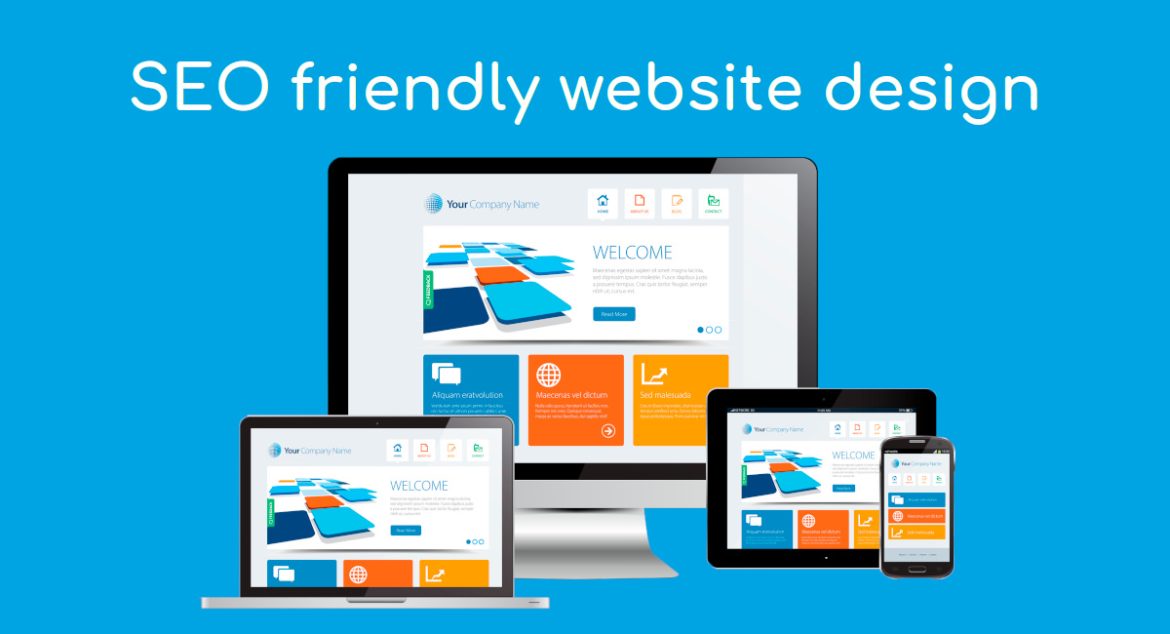In the digital age, having a visually appealing website is only half the battle. For your site to truly succeed, it must be easily discoverable by search engines and users alike. Integrating SEO (Search Engine Optimization) into your web design is essential for driving traffic, improving user experience, and boosting conversions. This article will explore crucial tips for creating an SEO-friendly web design.
Understanding SEO-Friendly Web Design
Before diving into the tips, it’s important to understand what SEO-friendly web design entails. It involves creating a website that is structured in a way that search engines can easily crawl and index, while also providing a seamless experience for users. This dual focus on both search engines and user experience is key to the success of any online presence.
Responsive Design is Non-Negotiable
Mobile-First Approach
With a significant portion of web traffic coming from mobile devices, responsive design is no longer optional. A mobile-first approach ensures that your website performs well on smartphones and tablets, which is a ranking factor for search engines like Google. Responsive design not only enhances user experience but also helps reduce bounce rates, further improving your site’s SEO.
Adaptive Images and Media
Ensure that images and media are adaptable to different screen sizes without compromising quality or loading times. Use responsive image techniques like srcset and CSS media queries to optimize visuals across devices.
Optimize Site Speed
Fast Loading Times
Site speed is a critical factor in both user experience and SEO. Websites that load quickly are favored by search engines and users. Implementing techniques such as browser caching, compressing images, and minimizing HTTP requests can significantly improve your site’s loading times.
Use of Content Delivery Networks (CDNs)
A CDN can help distribute your site’s content across multiple servers around the world, reducing the physical distance between the server and the user. This results in faster loading times, especially for global audiences.
Clean and Structured URLs
Descriptive URLs
Ensure your URLs are descriptive and include relevant keywords. Avoid using complex strings of numbers and letters. For example, a URL like www.example.com/web-design-tips is much more user-friendly and SEO-friendly than www.example.com/123abc.
Use of Hyphens
Hyphens are preferred over underscores in URLs because search engines interpret hyphens as spaces between words, making it easier to understand the content of the page.
Prioritize Content Accessibility
Structured Data and Schema Markup
Implement structured data and schema markup to help search engines understand the context of your content. This can enhance search engine listings with rich snippets, providing users with more information and increasing click-through rates.
Alt Text for Images
Use descriptive alt text for images. This not only improves accessibility for visually impaired users but also helps search engines understand the content of your images, contributing to better rankings in image search results.
Design your site’s navigation to be intuitive and straightforward. Users should be able to find what they are looking for with minimal effort. Clear, hierarchical navigation not only enhances user experience but also helps search engines crawl your site more effectively.
Effective Internal Linking
Internal links help distribute page authority throughout your site and guide users to related content. Ensure that your internal linking strategy is logical and helps both users and search engines navigate your website efficiently.
High-Quality Content
Content is King
Creating high-quality, valuable content is crucial for SEO. Your web design should support and enhance your content, making it easy to read and engaging for users. Use headings, subheadings, bullet points, and multimedia to break up text and keep users interested.
Regular Updates
Keep your content fresh and relevant by regularly updating your site. Search engines favor sites that provide up-to-date information, and users are more likely to return to websites that continually offer new and valuable content.
Secure and Reliable Website
HTTPS Protocol
Security is a ranking factor for search engines. Ensure your site uses HTTPS to protect user data and provide a secure browsing experience. This not only helps with SEO but also builds trust with your audience.
Regular Maintenance
Regularly check your site for broken links, outdated content, and security vulnerabilities. Keeping your site in top shape helps maintain its performance and search engine rankings.
Conclusion
Incorporating SEO-friendly practices into your web design is essential for creating a successful online presence. By focusing on responsive design, site speed, clean URLs, content accessibility, intuitive navigation, high-quality content, and website security, you can ensure that your site is both user-friendly and search engine-friendly. These strategies will help improve your site’s visibility, attract more visitors, and ultimately achieve your digital goals.

